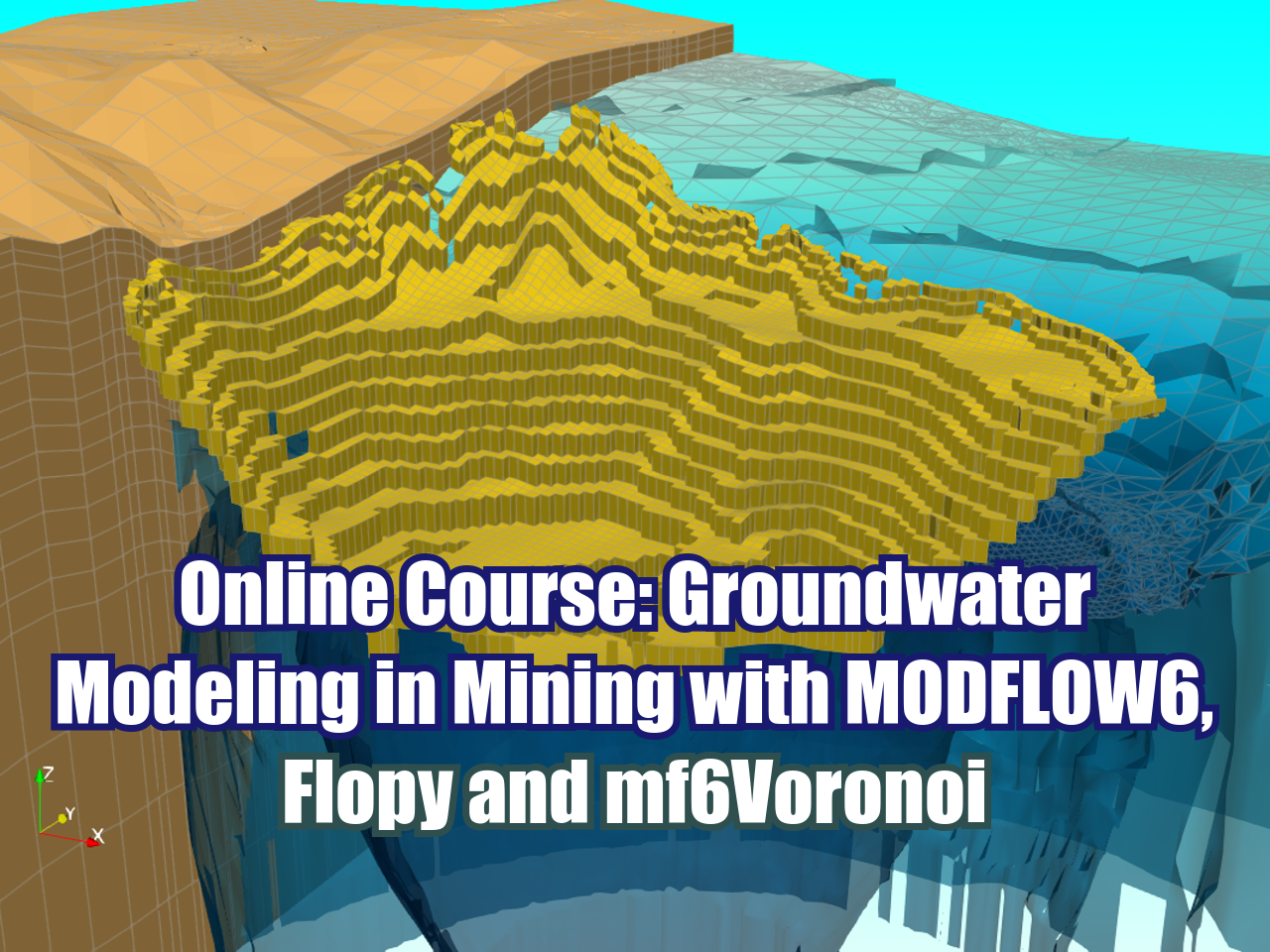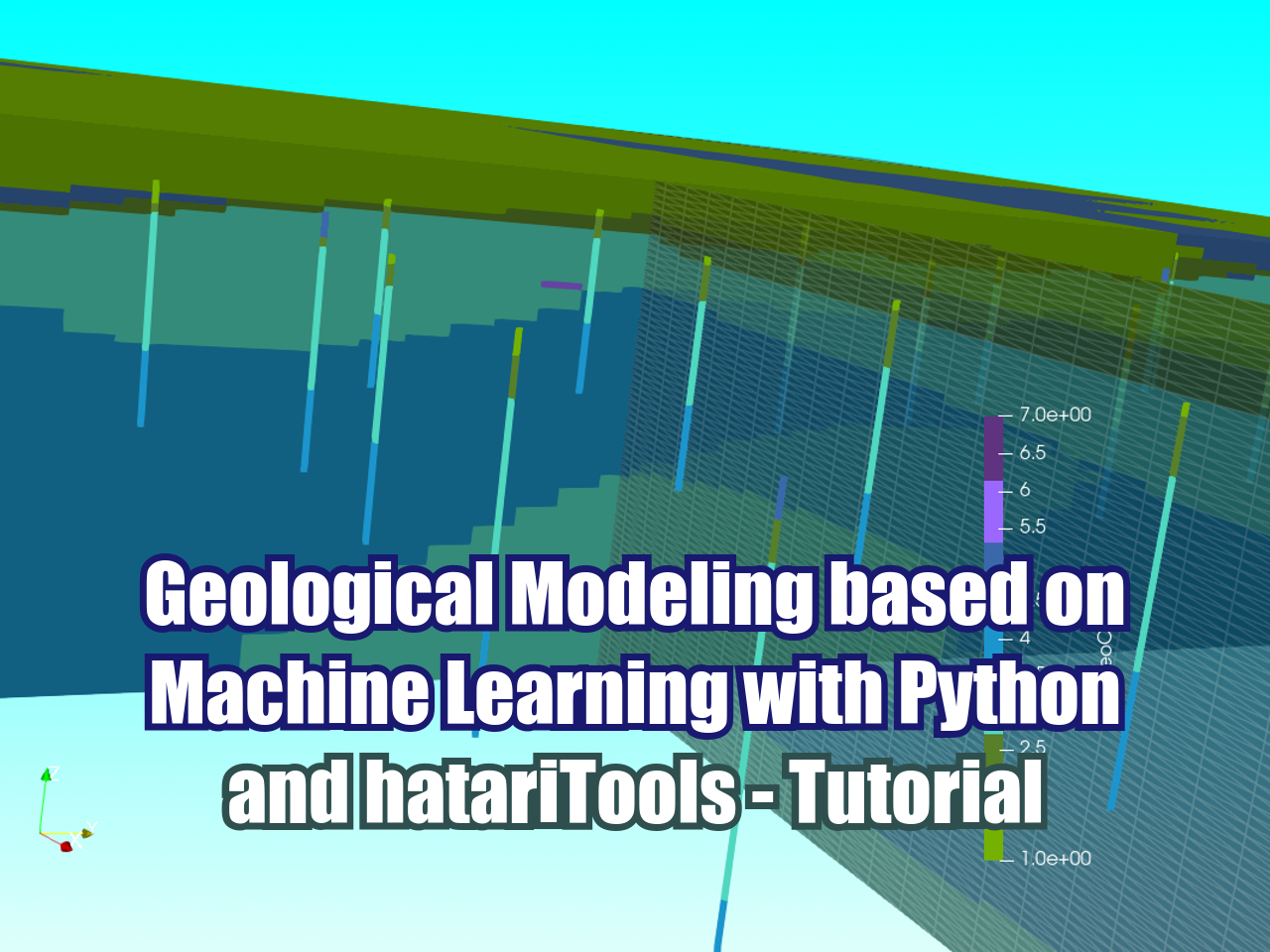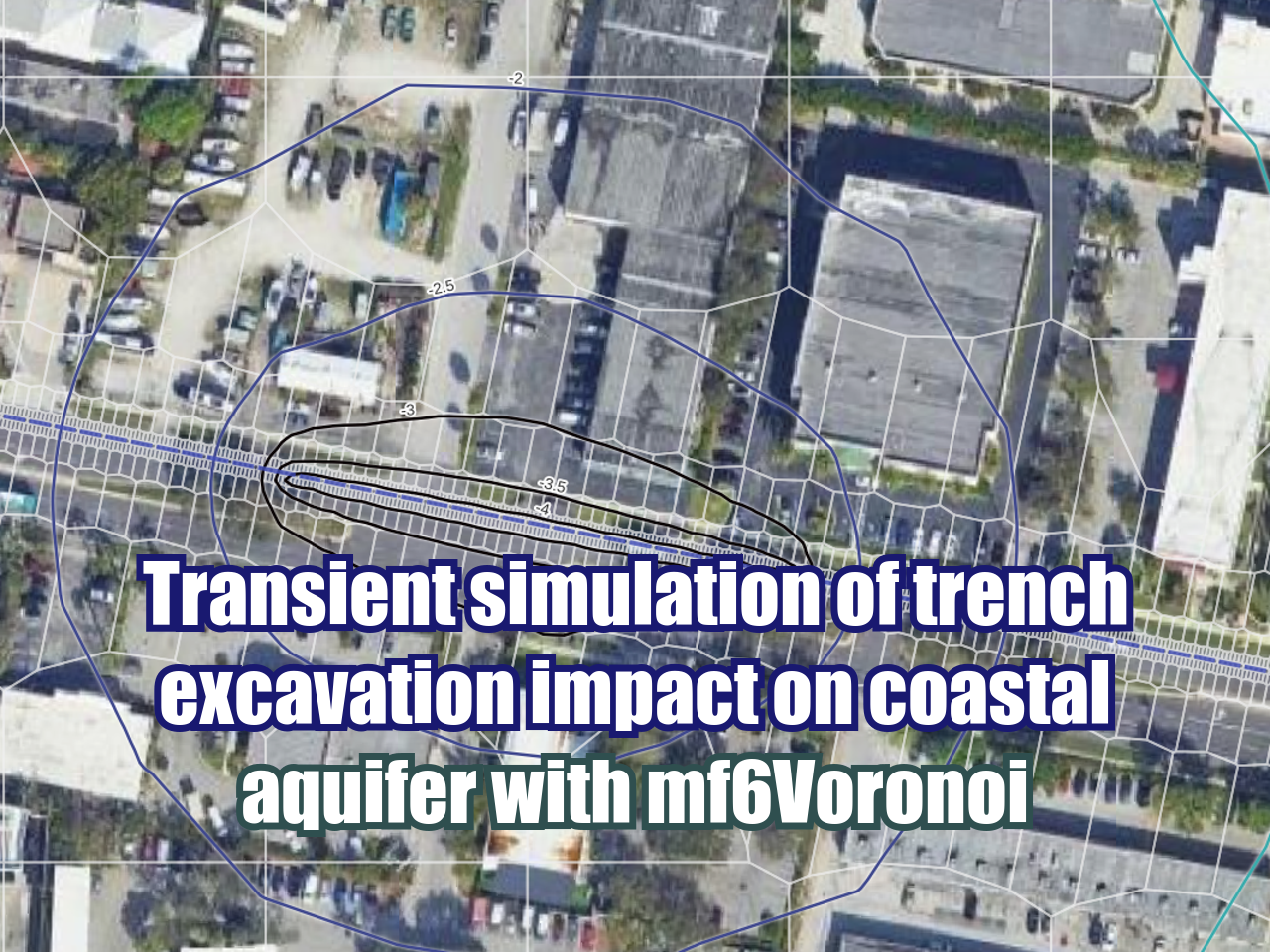Online Course: Groundwater Modelling using MODFLOW 6 and Model Muse
/A numerical flow model can be the most efficient and effective tool to carry out these analyzes and obtain reasonable information on the relationships between groundwater components. However, having a modeling tool is not enough, it is necessary to know both the modeling platform and understand the processes it wants to reproduce, and in this particular case, understand the water dynamics of the hydrogeological system.
This course develops the main functions and applications of the latest version of the MODFLOW 6 groundwater modeling code through the ModelMuse interface, both developed by the United States Geological Survey (USGS). This version includes innovative tools for the construction and simulation of hydrogeological models, mainly highlighting the incorporation of the discretization option for discretized by vertices grids.
Objectives
The development of the course will allow the application of these groundwater modeling tools to analyze regional and local flow, so that participants learn to build these models and analyze the results. In this course the student will learn:
ModelMuse environment and tools for modelling.
Know the potential of MODFLOW 6 and the ModelMuse environment.
Conceptualization criteria, grid design and boundary conditions.
Modelling of particle tracking with MODPATH.
Analyze the results obtained in the simulated models.
Course content
Session 1: Steady and transient simulations
Part 1:
Definition of model grid.
Setting of aquifer type (confined or unconfined) and hydraulic parameters.
Setting of boundary conditions: RCH, RIV and WEL.
Visualization of results and water balance.
Part 2:
Construction of a transient model with 10 periods of 365 days.
Simulation of different scenarios in which pumping wells are applied trough different layers of the aquifer.
Session 2: DISV Package and quadtree refinements
Construction of a steady-state model with quadtree refinement.
Definition of boundary conditions that represent a lake with constant-head, a river and wells with different pumping rates.
Model run and water balance analysis.
Visualization of groundwater level.
Session 3: Advanced packages
Construction of a model with advanced packages: MAW (Multi-Aquifer Well) and SFR (Stream Flow Routing).
Implemetation of a lake as a constant head boundary
Simulation of a transient mode.
Session 4: Particle tracking
Part 1:
Configuration of MODPATH in a steady-state model with quadtree refinement.
Forward and backward particle tracking simulation applied to a model with general-head boundary conditions and wells.
Part 2:
Configuration of MODPATH in a transient-state model.
Forward and backward particle tracking simulation applied to a model with wells with different pumping rates and a river that interacts with a nearby well.
Session 5: Three-dimensional anisotropy
Part 1:
Creation of a model in steady-state with three-dimensional anisotropy applied in 2 axis that creates whirls.
Insertion of wells pumping and injecting water in different layers.
Part 2:
Three-dimensional steady-state simulation with quadtree refinement and three-dimensional anisotropy distributed in 2 axis of the grid.
Session 6: Regional model
Construction a three-dimensional steady-state model with a basin that delimits the active zone placed throughout the extension of the grid.
Use graphic objects and external shapefiles to apply to boundary conditions such as recharge, evapotranspiration, and rivers.
Application of head observations and post-processing of results with Python
Final Exam
Trainer
Saul Montoya M.Sc.
Saul Montoya M.Sc. is a Hydrogeologist and Numerical Modeler. Mr. Montoya is a Civil Engineer graduated from the Catholic University in Lima with postgraduate studies in Management and Engineering of Water Resources (WAREM Program) from Stuttgart University – Germany with mention in Groundwater Engineering and Hydroinformatics. Mr Montoya has a strong analytical capacity for the interpretation, conceptualization and modeling of the surface and underground water cycle and their interaction.
He is in charge of numerical modeling for contaminant transport and remediation systems of contaminated sites. Inside his hydrological and hydrogeological investigations Mr. Montoya has developed a holistic comprehension of the water cycle, understanding and quantifying the main hydrological dynamic process of precipitation, runoff, evaporation and recharge to the groundwater system.
Over the last 9 years Saul has developed 2 websites for knowledge sharing in water resources: www.gidahatari.com (Spanish) and www.hatarilabs.com (English) that have become relevant due to its applied tutorials on groundwater modeling, spatial analysis and computational fluid mechanics.
Methodology
Here are some details of each methodology:
Manuals and files for the exercises will be delivered.
The course will be developed by videos on private web platform.
There is online support for questions regarding the exercises developed in the course.
Digital certificate available at the end of the course.
Video of the classes will be available for 6 months. (It applies for all the user that enrrolled since November 2023)
To receive the digital certificate you must submit the exercises after 1 month.
Cost and payment
The cost of the course is $ 250 dollars.
This online course will be given on our elearning platform: elearning.hatarilabs.com . You will need to create an account to payment by Paypal and automatically you will register for the course.
This online course is also available in our new platform https://shop.hatarilabs.com. You will need to create an account to payment using credit card and automatically you will register for the course.
For any other information please write to: saulmontoya@hatarilabs.com























